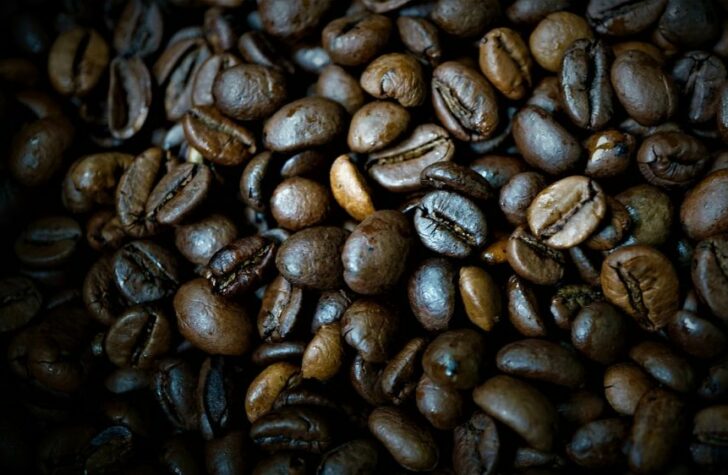Mascarpone Dessert: A Delightful Italian Indulgence

Mascarpone dessert is a delectable Italian treat that has gained popularity worldwide. Creamy, rich, and oh-so-decadent, this dessert is loved by many for its luscious texture and luxurious taste. In this article, we will provide you with a thorough guide to mascarpone dessert, exploring its various types, popular variations, and historical significance.
An Overview of Mascarpone Dessert
Mascarpone dessert is a creamy Italian dessert that is made with mascarpone cheese as the main ingredient. Mascarpone cheese is a soft and buttery cow’s milk cheese that originated in the Lombardy region of Italy. It is traditionally made by curdling fresh cream with lemon juice or vinegar, which gives it its distinct flavor and velvety texture.
This dessert is widely cherished for its versatility, as it can be used as a base for various decadent treats. From tiramisu to cheesecakes and fruit tarts, mascarpone dessert adds a luxurious touch to any dish.
Types of Mascarpone Dessert

1. Tiramisu: Undoubtedly the most famous mascarpone dessert, tiramisu consists of layers of coffee-soaked ladyfingers and mascarpone cream. It is often dusted with cocoa powder and garnished with chocolate shavings, creating a perfect balance of flavors and textures.
2. Mascarpone Cheesecake: This variation of cheesecake incorporates mascarpone cheese into the batter, resulting in a creamier and slightly tangier version. The addition of mascarpone elevates the dessert to new heights of decadence.
3. Mascarpone Mousse: Light and fluffy, mascarpone mousse is a delightful dessert that can be enjoyed on its own or as a filling for pastries and cakes. Its smooth texture and delicate flavor make it a crowd-pleaser.
4. Mascarpone Parfait: A layered dessert consisting of mascarpone cream, fresh fruits, and crunchy elements like granola or cookies, mascarpone parfait offers a delightful contrast of flavors and textures.
Quantitative Measurements of Mascarpone Dessert
When it comes to mascarpone dessert, the measurements are crucial to achieving the perfect balance of flavors. Here are some general guidelines:
– For a classic tiramisu, a ratio of 1 part mascarpone cheese to 2 parts whipped cream is commonly used.
– When making mascarpone mousse, a typical recipe may call for 8 ounces of mascarpone cheese to 1 cup of heavy cream.
– In cheesecakes, the amount of mascarpone can vary depending on the desired richness and creaminess. A typical recipe might use 16 ounces of mascarpone for a 9-inch cheesecake.
Remember to adjust these measurements based on personal preferences and desired consistency.
Differentiating Between Mascarpone Dessert Variations
While mascarpone dessert variations share a common ingredient, they differ in several aspects, including texture, flavor profile, and usage:
– Tiramisu is characterized by its layering of soaked ladyfingers, resulting in a soft and moist dessert.
– Mascarpone cheesecake is dense and creamy, with a slightly tangy undertone from the mascarpone cheese.
– Mascarpone mousse is light and airy, with a delicate and smooth texture.
– Mascarpone parfait offers a combination of creamy mascarpone, refreshing fruits, and crunchy elements.
Each variation brings its own unique twist to the mascarpone dessert, making it a versatile ingredient that can be adapted to suit different preferences.
A Historical Journey of Pros and Cons
Throughout history, mascarpone dessert has had its fair share of advantages and disadvantages. Let’s delve into these aspects:
Pros:
1. Decadent Flavor: The creamy, velvety texture and rich taste of mascarpone cheese elevate any dessert, making it a luxurious treat.
2. Versatile Ingredient: Mascarpone can be used in a variety of desserts, allowing for endless possibilities and culinary creativity.
3. Cultural Significance: Mascarpone-based desserts, such as tiramisu, have become synonymous with Italian cuisine, adding to its cultural heritage.
Cons:
1. High in Calories: Mascarpone cheese is rich in fat and calories, which can be a concern for those watching their intake.
2. Limited Availability: Traditionally made mascarpone cheese can be harder to find in some regions, making it less accessible for certain individuals.
3. Perishability: Mascarpone has a short shelf life, requiring proper refrigeration and careful storage to maintain its freshness.
Despite these drawbacks, the allure of mascarpone dessert has persisted, enchanting dessert enthusiasts worldwide.
Conclusion:
Mascarpone dessert, with its creamy texture and indulgent flavor, continues to captivate the taste buds of food lovers around the globe. From classic tiramisu to creative variations like mascarpone mousse and cheesecakes, this Italian delicacy offers endless possibilities for culinary exploration. While each variation brings its unique twist, mascarpone dessert remains a delightful treat that satisfies even the most discerning sweet tooth. So go ahead, indulge in the velvety goodness of mascarpone dessert and savor a taste of Italian culinary excellence.

















